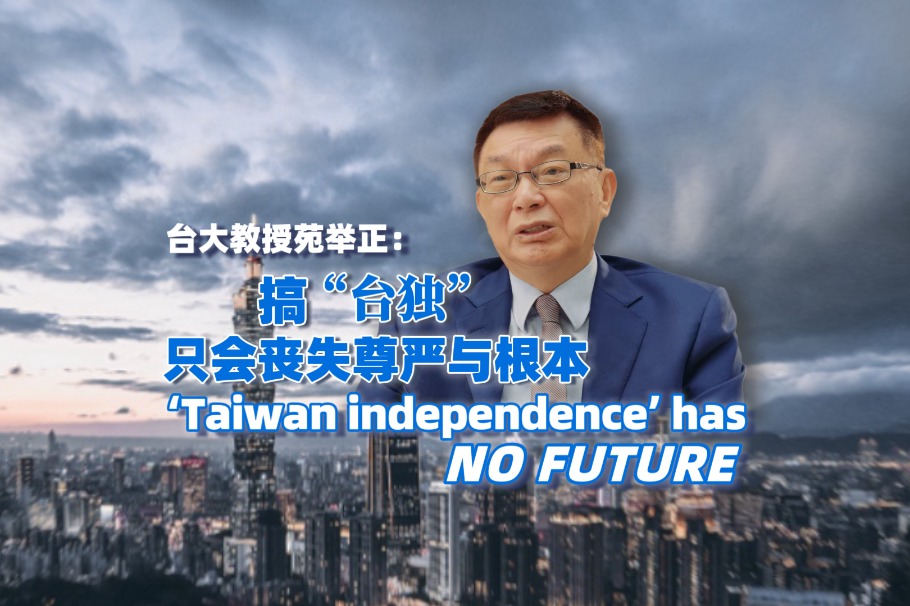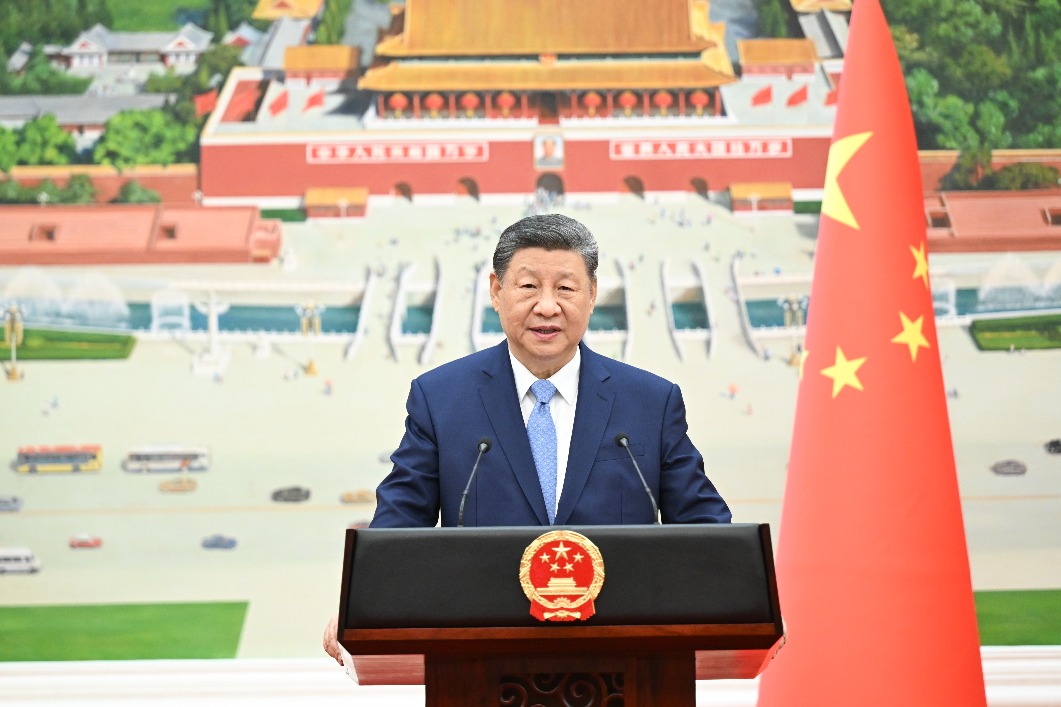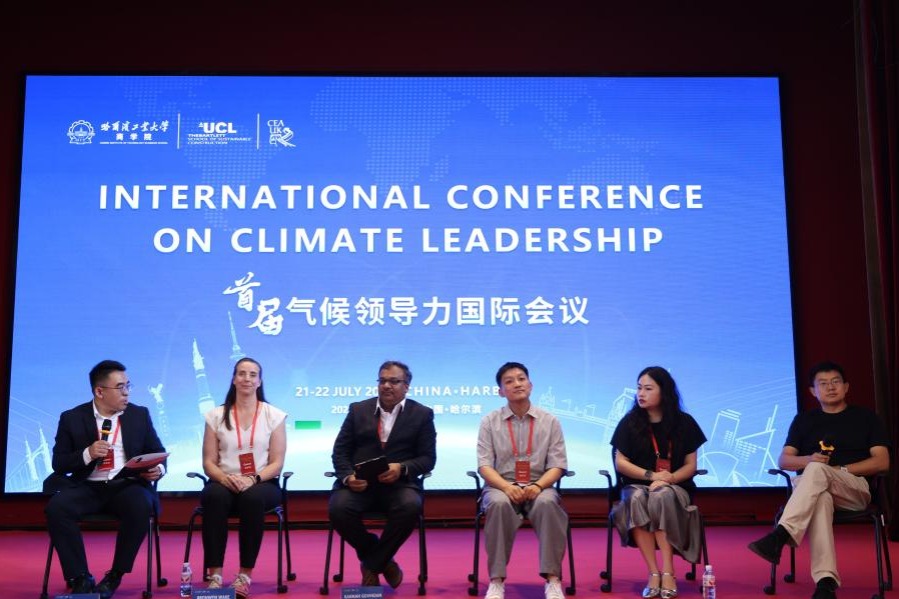Workplace culture a glimpse of the future

The first time I got a red rose emoji sent to me, I didn't know what to make of it.
It came from my Chinese boss, a young technopreneur, who was thanking me for something nice I did at work. Why would he send me a red rose? It was ridiculous to think it was a romantic overture; the guy is 27 years old!
In the following days, I received a lot more red rose emojis from different co-workers and that's when it dawned on me. In China, a red rose emoji conveys sincere thanks. Nothing more is intended.
Welcome to the workplace of the future. Where productivity and efficiency, as well as office compliments, are delivered on a smartphone, and multiple apps make an organization or a company run seamlessly.
Office work in a digital world can be a head-scratcher sometimes, but it can also be fascinating. It takes some getting used to a highly technologized working environment.
Communication is done mostly by WeChat, this overworked, multitasking app, which has a variety of practical applications. People use it to coordinate meetings with co-workers, write reports, or ask human resources for a raise. Sending photos and paying for coffee is as simple as tapping your phone screen. You want to make a suggestion on how to get your department to become more productive? Start a group chat. Just be sure not to use it for sending jokes and pet pictures that are not related to work. In some offices, you clock in and out by swiping your QR code on a monitor. It is not uncommon to see people with a phone on their palms wherever they go.
The QR code. It's your distinct ID and your best friend. Although used commonly to send payments, you also need it to check your temperature as you pass security and to unlock certain computer programs.
Nobody seems to be using email anymore, because everybody is contactable by WeChat. When I asked for a co-worker's email because I wanted to send her a report, she suggested I send it via WeChat. I went through the process of downloading Microsoft Office so I could work in Word, Adobe Acrobat and other applications. One company I know is requiring its people to use "mind mapping" to prepare reports that contain a list of deliverables. Look ma, no bullet points.
In China, people's emails use a series of numbers. It is common to see emails that look like this-723463910@163.com. If you see a Yahoo or a Gmail suffix, chances are it's a waiguoren (foreigner).
They say that there's no such thing as a free lunch. Well, where I work, there is. Lunch is provided by the company. I like this practice. It is always a big help on the budget. Big offices have a cafeteria where the employees line up for food after showing their company ID, before taking a seat at a long table. Regular lunch fare consists of a meat dish, a fish dish, a vegetable dish, a bowl of soup and a cup of rice.
Dessert is typically a cup of yogurt or a fruit, like an apple, a pear or a slice of watermelon. I rarely go home for lunch now.
After meals, employees practice recycling by discarding leftover food in one big plastic trash bin and the plastic utensils and lunchboxes in another. Ne'er the twain shall mix.
Lunch break is an hour and a half, and some people use the remaining time for a few minutes of shut-eye, head slumped on their desks or seated on their swivel chairs their faces covered by a jacket.

Today's Top News
- China calls for calm over border clash
- Xi: Nation to expand opening-up
- Talks urged to resolve China-EU trade issues
- China sees over 33.7 billion inter-regional trips in H1
- BRICS justifiably calls for IMF reforms
- Xi receives credentials of new ambassadors to China






























